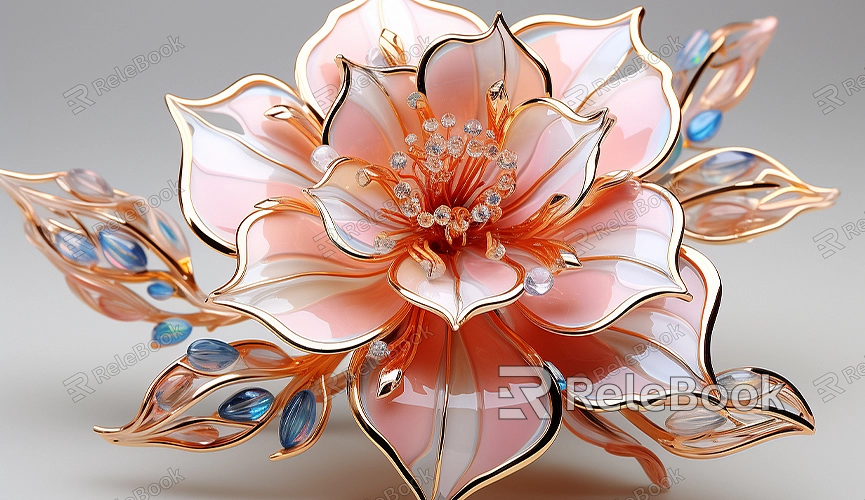Blender fix stretched texture
Addressing texture stretch issues in Blender is crucial, as stretching or distortion of textures on a model's surface can lead to visually unnatural effects. Texture stretching typically occurs on a model's surface, causing pattern deformation and impacting the realism of a scene. This issue often arises when UV mapping is incorrect or doesn't match the model's shape. If you need a variety of high-quality 3D textures and HDRI, you can download them from Relebook and directly apply the textures to your models after downloading. Here's a commonly used method to resolve texture stretching.

1. Remap UV:
Adjust the model's UV mapping in edit mode to ensure the texture is correctly mapped to various parts of the model in UV space. This helps reduce stretching and distortion.
2. Use Appropriate Textures:
Sometimes, stretching issues may result from using textures that are not large enough or suitable for a specific model. Replacing the texture or using higher-resolution images may be helpful.
3. Adjust Texture Mapping:
Experiment with different mapping methods or projection types in the texture mapping settings. Changing projection types (e.g., from planar to spherical) can sometimes improve how the texture is applied.
4. Texture Tiling and Scaling:
Adjust the texture's tiling and scaling to fit the model's surface, preventing excessive stretching or compression in certain areas.
If you're still unclear about how to perform the texture stretch correction in Blender, you can follow these steps:
1. Open Blender and Load the Model:
Start Blender and load the 3D model containing the texture stretch issue. This can be any shape, ranging from simple objects to complex scenes.
2. Navigate to the "Texture" Tab:
In Blender's "Texture" tab, you can find various texture adjustment tools, including options to address stretching issues. Choose the appropriate tool to fix the stretch.
3. Select the Stretched Area:
Use Blender's selection tool to accurately locate the areas on the model affected by texture stretching. This step is crucial as you need to identify which areas are impacted by stretching.
4. Use the Repair Tool:
In Blender's toolbox, locate the tool specifically designed for repairing texture stretching. It might be called "Stretch Smooth," "Stretch Repair," or another tool with a specific name.
Scene Examples:
1. Natural Textures of Fabric:
When designing clothing models, texture stretching may distort fabric textures. By fixing the stretch, you can ensure that each piece of fabric exhibits a natural and realistic texture, resembling actual clothing.
2. Brick Texture on Building Surfaces:
Imagine you have a building model, and stretching issues cause distortions in the brick texture. By fixing it, you can ensure each brick has a realistic shape, enhancing the overall authenticity of the structure.
3. Leaf Texture on Plant Models:
In plant models like tree leaves or flower petals, stretching problems may result in leaf deformation. By fixing it, you can restore the natural shape of each leaf, making the plant look more authentic.
4. Ripple Texture on Water Surfaces:
For water surfaces, texture stretching may disrupt the natural ripple effects. By fixing it, you can restore the ripples on the water surface, making it appear more vibrant.
5. Skin Details of Character Models:
In character modeling, texture stretching may compromise skin details. By fixing it, you can preserve the intricate texture of every inch of the skin, making the character look more realistic.
6. Reflection Effects on Metal Surfaces:
For metallic materials, stretching may lead to uneven reflection effects. By fixing it, you can ensure each metal surface reflects a consistent and realistic play of light and shadow.
7. Surface Texture of Food Models:
When creating food models, texture stretching might damage the texture on the food's surface. By fixing it, you can restore the delicate texture of the food's surface, making it look more appetizing.

